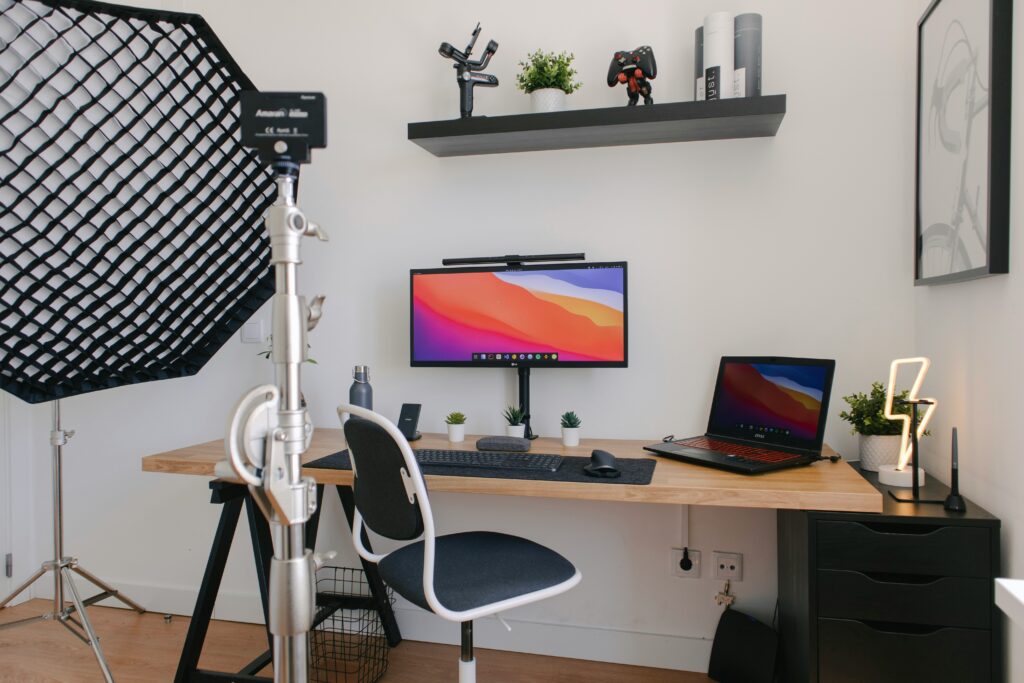
In the digital age, the right font choice is more critical than ever. Whether you’re creating social media posts, websites, presentations, or long-form content, the font you choose plays a key role in communicating your message effectively. Versatile fonts, which can adapt to multiple types of content, are essential tools in a content creator’s toolkit. In this article, we will explore the best versatile fonts for content creation, along with tips on how to use them to enhance your work.
A versatile font is one that can be used in a variety of contexts without losing its appeal or readability. These fonts are adaptable to different styles of content and work well across multiple platforms. Here are some characteristics that define a versatile font:
Here are some of the most versatile fonts that have stood the test of time and proven their value in content creation:
Helvetica is a classic sans-serif typeface known for its simplicity and readability. It has been widely used in advertising, signage, and branding for decades, making it a reliable choice for content creators looking for a clean, modern aesthetic. Its neutrality allows it to fit seamlessly into almost any type of content.
Similar to Helvetica, Arial is a versatile sans-serif font that’s widely used in both digital and print media. Its simple design makes it perfect for various content types, including websites, blogs, and email newsletters. Arial’s widespread availability also ensures consistent formatting across platforms.
Times New Roman is a serif font that offers a traditional, professional look. It’s often used in academic writing and formal documents, but its classic design also works well for long-form content such as blogs, articles, and reports. Its timeless appeal makes it a versatile choice for a wide range of content.
Open Sans is a humanist sans-serif font designed for optimal readability. It’s highly legible on both large and small screens, making it ideal for websites, apps, and mobile content. Its clean, modern look makes it one of the most popular fonts for content creation today.
Roboto is a popular sans-serif font designed by Google for Android. It offers a clean, geometric design that works well in digital interfaces. Roboto is frequently used in web design, app interfaces, and digital marketing materials. Its versatility across platforms makes it a great font for content creators focusing on mobile and digital experiences.
Lato is a friendly and modern sans-serif font that’s become a favorite in the design community. It’s known for its smooth curves and balanced proportions, which make it a versatile choice for websites, presentations, and social media content. Its adaptability allows it to maintain a clean look even in long paragraphs of text.
Georgia is a serif font designed for maximum legibility on digital screens. Its refined appearance makes it suitable for formal and long-form content, such as blog posts, articles, and business reports. Georgia offers a balance between traditional and modern, making it versatile for different types of content creation.
Montserrat is a geometric sans-serif font with a bold, modern aesthetic. It works particularly well for headlines and large-scale text, but it also retains readability in smaller sizes. Montserrat’s clean lines and versatility make it a great choice for everything from social media graphics to website headers.
Proxima Nova is a contemporary sans-serif font that strikes the perfect balance between modernism and readability. It’s widely used in web design, marketing materials, and presentations. Its subtle sophistication makes it a versatile font for various types of content, from casual to professional.
Futura is a geometric sans-serif font with a modern and timeless design. It’s often used in branding and logo design due to its unique character and clean lines. Futura is also suitable for digital and print content, making it a versatile choice for creators who want to make a bold statement.

Now that we’ve covered some of the most versatile fonts available, here are a few best practices to keep in mind when using fonts for content creation:

Choosing the right font for your content can be daunting, but there are a few steps you can follow to make the process easier:
Fonts are a powerful tool in content creation, influencing how your message is perceived and understood by your audience. Versatile fonts such as Helvetica, Arial, and Open Sans can be used in a wide range of contexts, ensuring consistency and professionalism across different types of content. By following best practices and carefully choosing fonts that align with your brand’s tone and audience, you can create engaging and visually appealing content that leaves a lasting impression.
In conclusion, selecting versatile fonts is about balancing aesthetics with functionality. The fonts you choose should be easy to read, adaptable to various platforms, and align with the overall style of your content. By incorporating timeless and flexible fonts into your design process, you can ensure that your content resonates with your audience and achieves its intended impact.